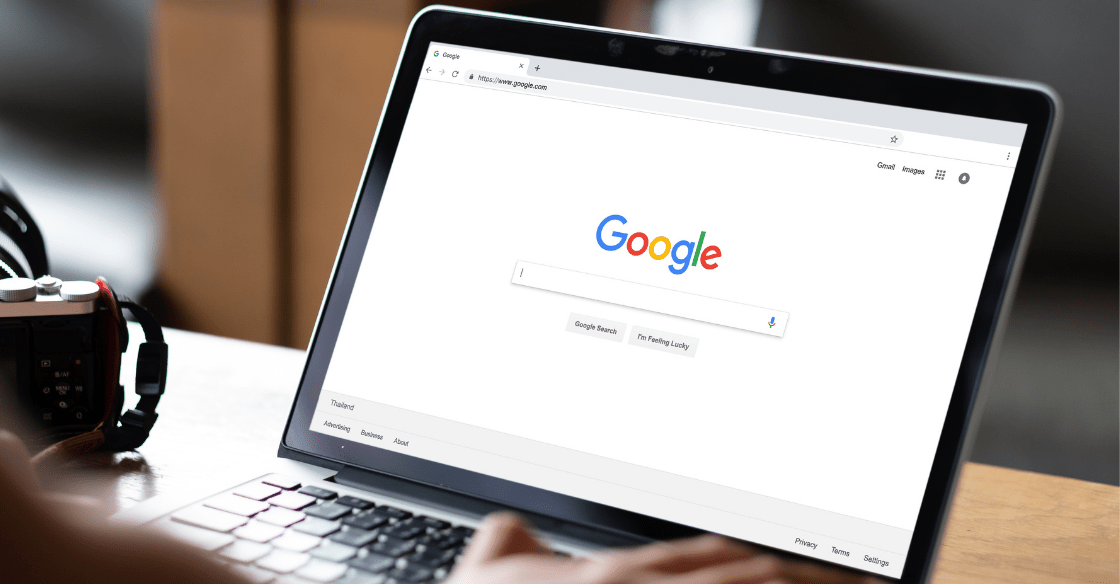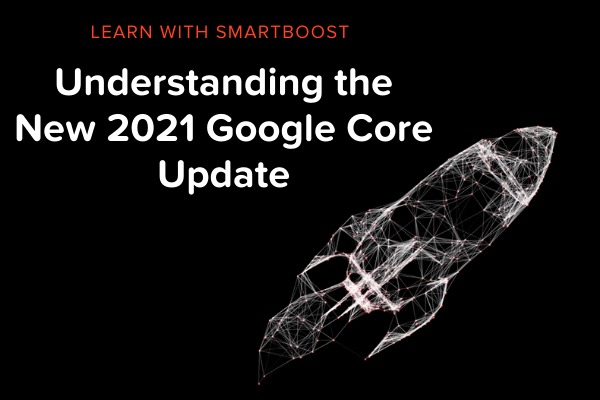Google’s latest algorithm will launch in May 2021, and it’s going to be huge for online businesses. Over the last several years, Google has focused on optimizing its search engine to improve the user experience.
As a result, Google rewards the businesses who optimize their content by providing higher rankings and, therefore, more traffic. With less than 1% of Google users clicking on second-page links and 68% of online experiences beginning with a search engine, a higher ranking is essential to your online success.
The May 2021 algorithm introduces a long-awaited feature called “Page Experience.” The basic idea behind Page Experience is providing insights on the loading, interactivity, and visual stability of your webpage.
These factors can influence your website’s bounce rate and therefore be utilized to implement positive changes and improvements. Google is always looking for ways to improve the user experience through search, and an understanding of which websites offer the best formatting and design can help achieve that goal.
Page Experience data will be available on your Google Core Web vitals report within the Google Search Console, in addition to existing search signals like mobile-friendliness, safe-browsing, HTTPS, and intrusive interstitial guidelines.
Google plans to add a visual indicator to search results that have optimized their Page Experience data. Like rich snippets (which can increase your site’s traffic by 20-30%), we expect Page Experience indicators to increase your engagement and revenue noticeably.
Here’s everything you need to know about the new update and more.

Google Page Experience
Page Experience will quantify a user’s perception of your webpage. A few factors at play are loading speed and unexpected page movements. Studies show that poor loading speed directly correlates to a higher bounce rate, so don’t let your business fall behind.
The Page Experience update will introduce three new Core Web Vitals to give Google’s algorithm a snapshot of your page’s user experience:
New Web Vitals
- Loading (LCP) – Your page’s LCP (Largest Contentful Paint) measures the time it takes for a page’s primary content to appear on the user’s screen.
- Ideal speed is 2.5 seconds or less.
- Interactivity (FID) – FID (First Input Delay) accounts for the time between a user’s first interaction with your page and your browser’s initial processing of it.
- Ideal speed is 100ms or less.
- Visual stability (CLS) – Visual stability (Cumulative Layout Shift) has to do with preventing annoying page movement.
- Stay under 0.1 for excellent performance.
Visual Indicators
Visual indicators on Google search results tell users to expect a “great experience” from your webpage. Though we don’t have any intel on what the Page Experience stamp of approval will look like, we anticipate an excellent return for businesses who optimize their content.
We’ve seen similar visual indicators before with AMP icons, slow labels, mobile-friendly labels.
Is Anything Staying the Same?
The three new Core Web Vitals will fill in the gaps between some other existing experience signals. All of Google’s signals will affect your ability to get high search rankings. If you aren’t already optimizing your website for the following ranking factors, get a headstart on these before the latest algorithm launches:
- Mobile-friendliness – How do your web pages adjust to mobile screens? In 2020, mobile devices drove 61% of U.S. website visits, compared to just 35.7% on desktops. If you aren’t already optimizing your mobile pages, you’re missing out on a critical market share.
- Safe browsing – Ensures that your website does not contain malicious software or non-factual content.
- HTTPs – This feature ensures that your website is being served in HTTPs, making it more readable for search engines.
- Intrusive interstitials – Issues that would masque the primary content of your webpage.
How To Prepare For The Update
First and foremost, familiarize yourself with the existing search signals for Page Experience. You’ll also want to be prepared with a clear understanding of Google’s LCP, CLS, and FID metrics if they still seem complicated.
Check out Google’s explanations and standards of measurement to get a mastery of them and work with your web developer to highlight necessary improvements and quality assurance checks.
As soon as the algorithm launches, you should be ready to incorporate Core Web Vitals into your web design and maintenance. Next, compare your site to your competitors. Are you missing a specific factor or optimization that might drive visitors off your site and over to another? If you don’t feel confident, conduct a site audit.
Conducting a site audit
Implement a regular site audit into your quality assurance practices. You can run a site audit on Google Search Console or third-party extensions like Ubersuggest Chrome Extension. Focus on areas related to the new ranking signals like loading speeds, responsiveness, user experience, mobile optimization, and more.
Google’s online mobile-friendly test and Page Speed Insights are both excellent tools that provide direct results. While you’re at it, keep out for the following during your site audit:
- Slow page speeds
- Bad structure and design
- Lack of engagement

How To Improve Your Page Experience
After you’ve targeted a few areas of improvement, take measures to enhance your Page Experience. Here are few common changes you might want to make:
- Optimize for mobile search by designing each webpage for desktop, phone, and tablet
- Improve page speeds and reduce 400 errors. Remove or update anything that’s slowing your pages down.
- Separate your CTAs
- Use Alt Text for images to improve their visibility on search
- Focus on the content and be consistent with content creation
Start Preparing Now
If you’re running any online business, you should be aware and informed about search engine updates and algorithms. Smartboost helps companies optimize their web content and implement new search capabilities as soon as they’re released.
If you’re interested in getting a leg up on the competition before Google launches its May 2021 algorithm, smartboost can get you there. Contact us today to learn more about our comprehensive web design services.

